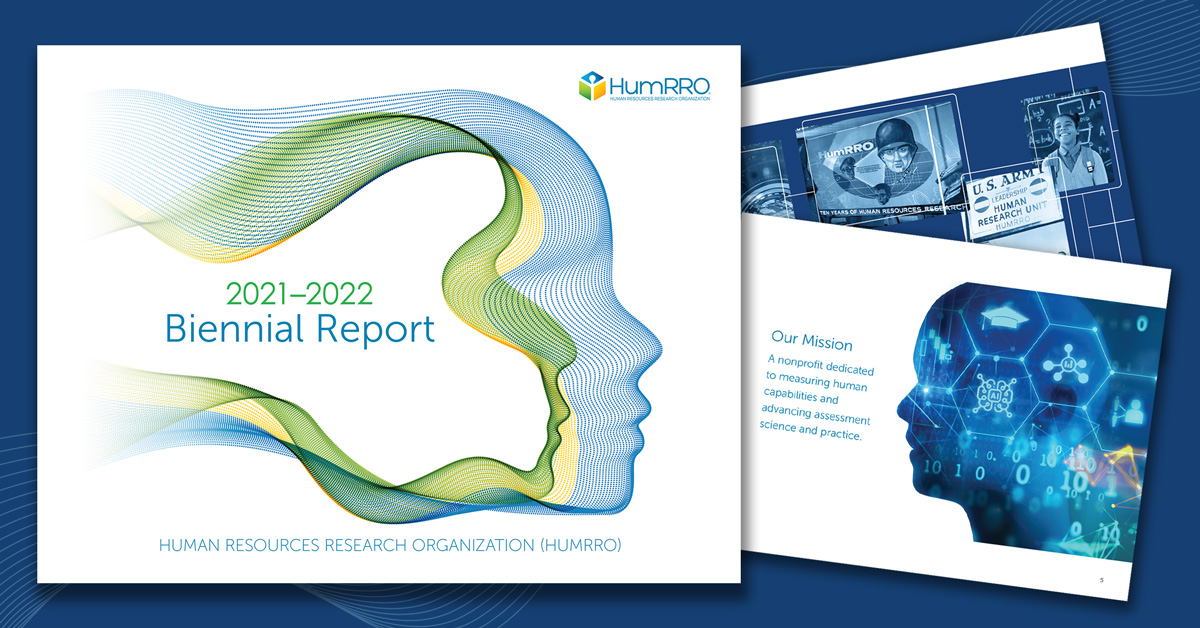Many states use assessments to qualify students’ promotion from one grade to the next. This practice is typically implemented between third grade and fourth grade to identify potential student learning gaps early, but some states, such as Georgia, require students to pass such assessments in multiple grades. Unlike graduation assessments, most of which allow high school students multiple opportunities to retake during their high school career, students in states with promotion assessment requirements in earlier grades do not have extensive retake opportunities. This presents a dilemma for schools and districts that have canceled spring testing due to Covid-19 school closings. Should all students be promoted to the next grade, even those students who were not on track to pass the promotion assessment?
The stakes are high for younger students who may experience a greater compounding effect from the shift to non-traditional instruction (NTI), such as online learning, that may not be as effective as traditional instruction. Most teachers received only rudimentary professional development for implementing NTI this spring, and student access to online learning is not universal. Younger students are still acquiring and solidifying the foundational knowledge and skills that are crucial to later learning. Coupled with research showing that younger students tend to have shorter attention spans and are more susceptible to distractions, it seems likely that promoting students who were not on track to achieve the proficiency benchmark on the promotion assessment will create challenges for next year and for years to come.
In the absence of assessment data to help guide promotion decisions, states have other ways to determine which students should be promoted to the next grade and which students require remediation. Consider the pros and cons of each option to determine which one best fits the state’s resources and goals:
Summer assessments
States should consider administering the promotion assessment in the summer, sometime before the start of the next school year, using the standard procedure of administering the test at the school. This would allow states to obtain promotion assessment results in time to inform promotion and remediation decisions for the fall. This option most closely resembles how promotion decisions have been made up until now, and it would not require additional assessment development costs.
The downsides are that it rests on the assumption that stay-at-home restrictions will be lifted by summer, and even if they are, that participation among students will be high during the summer months. It is also important to consider that more students may be identified for remediation than in the past, given the expected learning losses due to the extended period of time away from traditional instruction and the cancellation of summer school pathways as an alternative learning option. On the plus side, administering the assessment in the summer, closer to when students return to school, provides a more accurate diagnosis of where students stand on their learning loss. With this more accurate information, schools and teachers can better plan for remediation.
Interim assessment data
Another option may be to use already obtained formative assessment data for aiding promotion decisions. For states that use interim assessments, such as NWEA’s MAP or Cambium’s ClearSight, students that performed below benchmarks on the most recent administration of the assessment could be identified for remediation. A benefit of this approach is that the data are readily available and thus would not require any additional effort or funds. A limitation of this option, however, is that it does not give students credit for any learning that occurred since the previous assessment and thus may pose fairness concerns.
Online assessments
A third option is to administer the assessment online for students to complete from home. While this may seem like a reasonable option, it poses several challenges. First, if states administer paper-and-pencil tests for their promotion assessment, shifting to an online delivery would require additional time and development costs. Second, there is risk associated with test security. States would have to invest in measures to prevent test questions from being shared publicly. Online testing also presents challenges for ensuring that students submit their own work without the aid of online search engines or parents and siblings. Finally, many students may not have online access or appropriate devices to complete the test at home. Thus, states would need to provide these students with the necessary technology to ensure access for all.
Non-assessment methods
Finally, states with promotion assessment requirements may want to consider returning to non-assessment methods as the deciding factor for determining which students move on to the next grade and which students require remediation. Teachers regularly advocate for being respected as professionals. Trusting the professional judgment of teachers, who know the performance levels of their students, is an important consideration. Denying students promotion based on more subjective data, such as grades, however, may open states to criticism and backlash.
Be Innovative
Without guidance from promotion assessments, states will have to evaluate and implement alternative methods to determine promotions for the 2020-21 academic year. Trend lines of all sorts will be broken, but with those broken trend lines come opportunities to think innovatively about new and improved ways to measure and track student achievement and preparedness. Regardless of which option or combination of options states choose, additional planning and effort to address greater-than-typical learning loss is well-advised.
This blog is the third in a three-part education series. Read the others, Factors to Consider if States Move Spring Assessments to the Fall and Canceled Assessments for the Class of 2020—Implications and Options.








